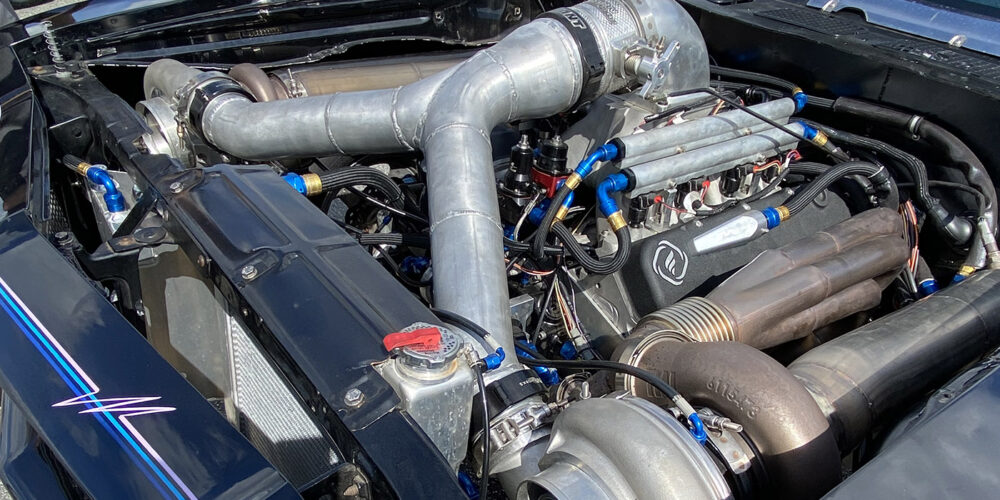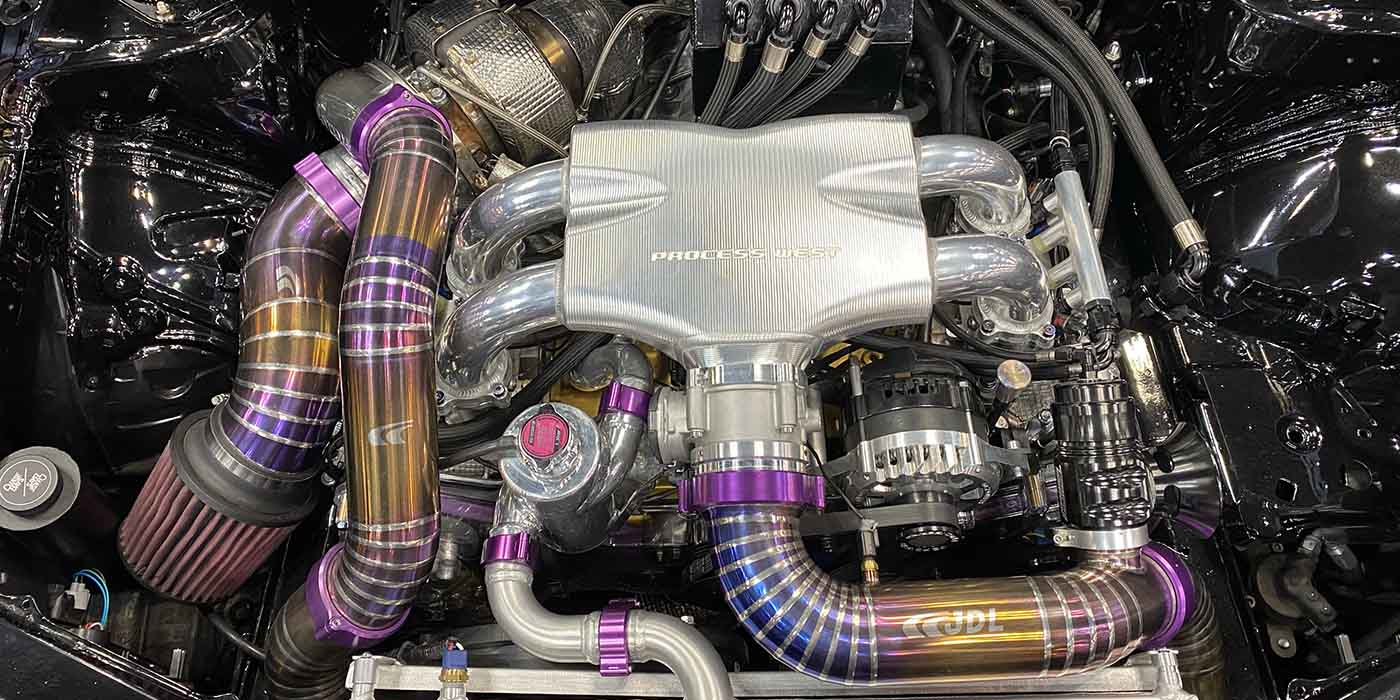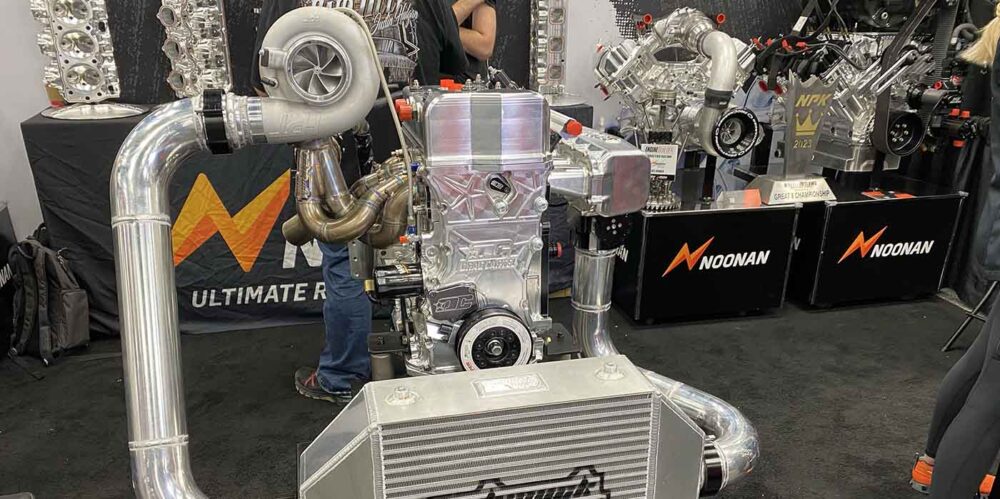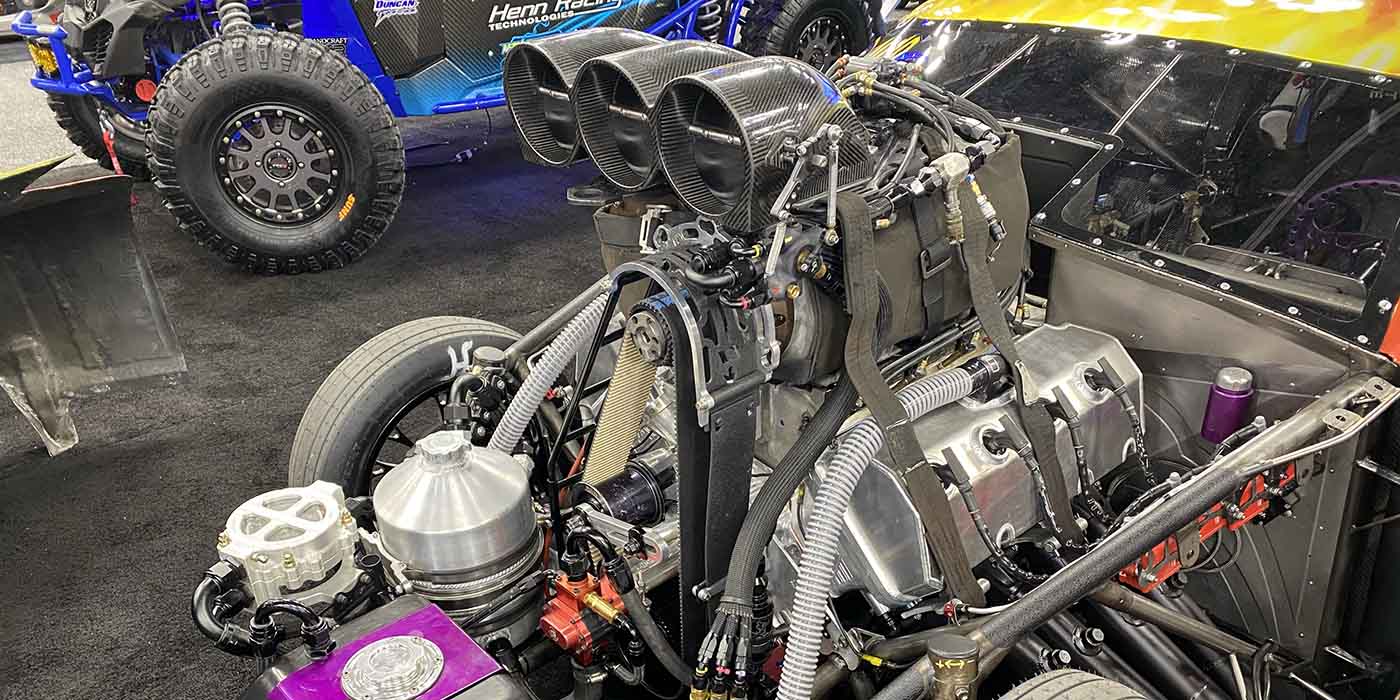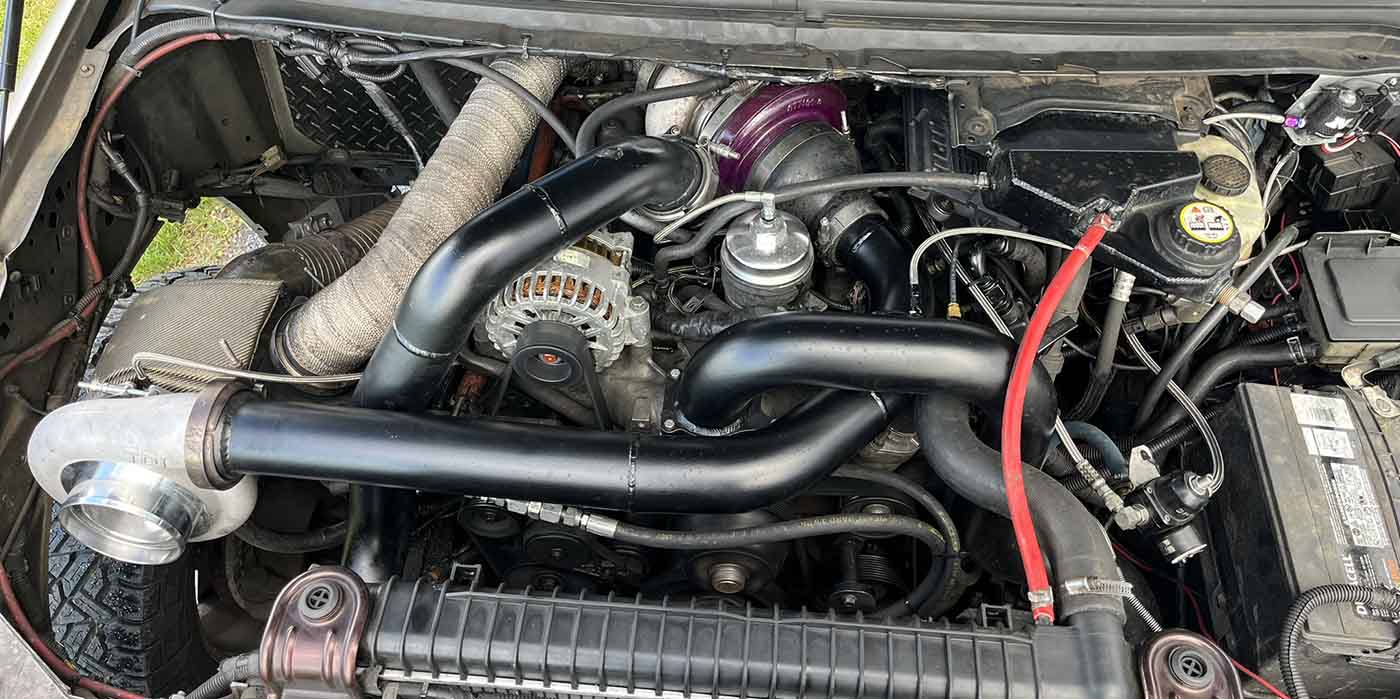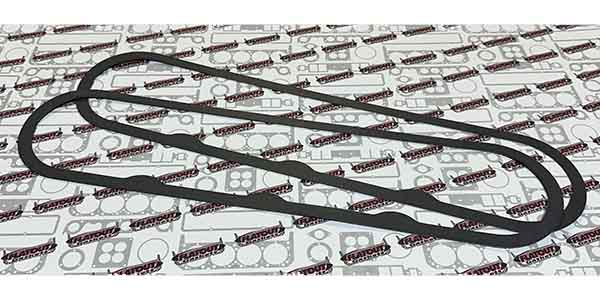Engine of the Week is presented by



One of the most cathartic experiences humans have when growing up is getting their first paycheck. It’s a strong feeling of freedom and self-government when you no longer have to rely on your parents financially, and a lot of people even remember the first purchase they made with that initial “adult” paycheck.

For gearheads, that often means a new car or accessory to a car, and for Tanner Stover it was no different. At Sick Week 2023, Stover was one of the younger drivers we saw out at the track, and we were curious to know the story behind the “Tanner’s Paycheck” sticker plastered on the side of his 1968 Chevrolet Chevelle.
“Pretty much throughout my younger years, I grew up on the racetrack with my dad,” Stover says. “Our local track ended up closing down so we got into off-road racing, but then eventually started drag racing again.
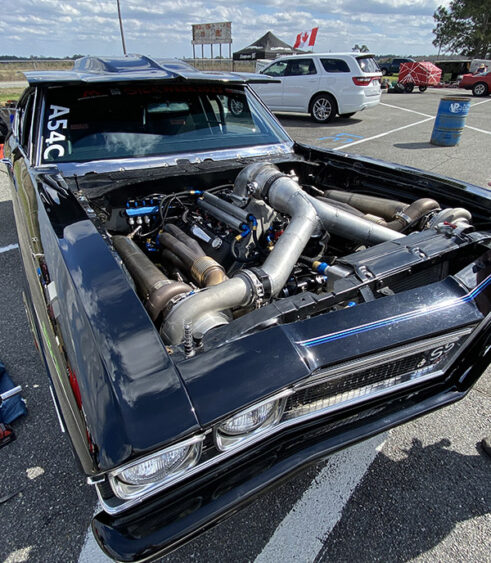
“We looked long and hard for this car and flew from California to Indiana to purchase it and then ship it back. We’ve put a ton of time into it over the last 10 years and my dad was mostly supporting the racing program while I was going to mechanical engineering school. Once I graduated and was able to start affording my own stuff, it started being my paycheck that went into the car so that’s where the name came from.”
And quite a few paychecks have gone into this build, as it’s much more than just a pretty car. Stover’s Chevelle is powered by a 427 cid LS engine, complete with a twin-turbo setup that’s fairly new for the father-son pair.
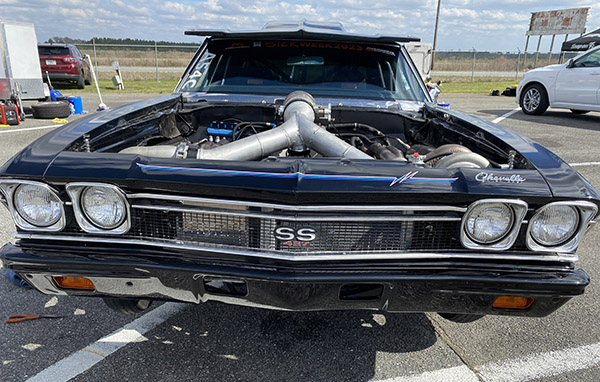
The twin 80mm Forced Performance chargers allow for Stover to make around 30-lbs. of boost on the top end, which helped him to make a personal best time of 7.75 seconds at 172 mph during Sick Week. Before the turbos, Stover was simply blasting the engine with nitrous – nearly 800 horsepower worth per pass. But, that inevitably resulted in more than a few sets of pistons giving out.
Luckily, Stover’s new setup has stood the test of time and continues to put out a ton of power while maintaining reliability. He says that the car is “purpose built” to be a drag-and-drive car, and the past few years of building has produced a machine that’s a tribute to the fun factor of drag-and-drive events. He says the LS engine is making somewhere along the lines of 1,500-1,700 horsepower currently, but it’s built to be capable of up to around 2,100 horsepower with everything maxed out.
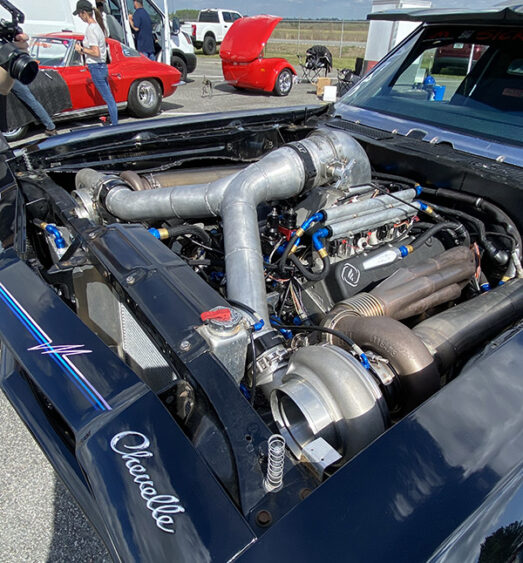
“It’s a 427 LS with a Dart iron block,” he says. “It’s got Frankenstein F310 heads and a Callies crank, Callies I-beam rods, and JE pistons. The cylinder heads have top fuel hoops in them so we run a copper head gasket, that way we can give it all the boost.
“It has a dual-fuel system on it, so when we’re racing, we run off methanol. We use our 700 lb.-per-hour atomized fuel injectors and then it has the pump gas system. The methanol has a mechanical pump up front, and we’ve got a nice big 20-gallon tank in the back for the long drives.”
Tanner competed in Sick Week in the Modified class and recorded passes of 7.99 at 170 mph, 7.89 at 171 mph, 7.79 at 174 mph, 7.76 at 173 mph, and 7.75 at 172 mph for an average of 7.83 at 172 mph.
Engine of the Week is sponsored by PennGrade Motor Oil, Elring – Das Original and NPW Companies. If you have an engine you’d like to highlight in this series, please email Engine Builder Editor Greg Jones at [email protected].

